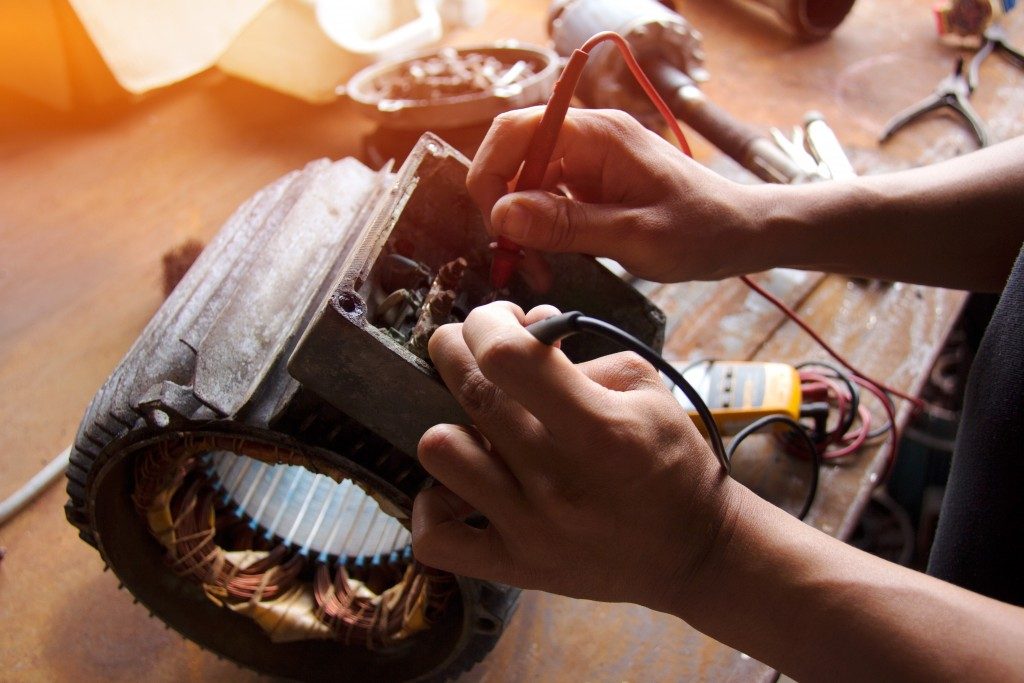Electronic control systems now mark the foundation of modern machines. The reliability of your actuators, sensors, relays, electric motors and relays will be considerably affected by the quality of their power supply.
A voltage unbalance is defined as any deviation from the current and voltage waveform from a perfect sinusoidal. An ideal voltage condition is one in which only linear loads are connected to the system. Moreover, its power supply phases are 120 degrees apart, and the magnitude peaks are similar.
A voltage unbalance is one of the common issues that necessitate generator repair. This unbalance is commonly caused by a derangement of the windings of your machine’s induction motor that produces varying current flows.
It arises from the degradation of a motor’s physical environment owing to the deterioration of its stator windings and rotor in phases that affects the current waveform and magnitude peak. Power transformer grounds or faults, unbalanced utility supply, current leakage through bearings, unequal transformer tap settings and large single-phase loads are also common causes of unbalanced voltage in generators.
A voltage unbalance might seem trivial to your generator’s operation, but it has a considerable impact. Here are some of its effects.
Fluctuating Torque
The rotation of your motor will be reduced in an unbalanced voltage or fluctuate with a surge and drop in the voltage. The sudden changes in your motor’s rotation will, in turn, generate considerable vibration in the equipment connected to your generator and its housing.
These vibrations and the noise generated will reduce the motor’s efficacy. They will also, over time, contribute to the failure of induction motors.
An Increased Neutral Current Return
Unequal load distribution in your three-phase system will cause an unbalanced current and consequently, a voltage drop. This cycle leads to an increase in the neutral current in your lines. A balanced three-phase system ideally has minimal neutral current flow.
The increased current return on your machine will only contribute to its energy inefficiency and power loss and consequently increase its operating expenses. Furthermore, the negative neutral current will contribute to the continuous tripping and permanent failure of your electrical equipment.

Heat Damage of Your Motor
The operating imbalance caused by voltage unbalance will also cause the extra heating of your motors. This generated heat will increase your equipment’s operating temperatures. In so doing, it decomposes the oil or grease in its bearings and de-rates the motor’s windings.
De-Rating Of Power Cables
Voltage imbalance will cause the de-rating of your equipment’s power cables. This will, in turn, increase the cables’ 12R losses. In power distribution cables, the de-rating factor denotes the total current amount that will guarantee the highest efficacy levels of your machines and therefore has a considerable impact on their operation.
With the above effects, it is crucial to rectify an unbalance voltage issue in all types of rotating machines promptly. Dynamic field balancing is the primary solution to an unbalanced voltage. This will employ high-end machines and requires high-level expertise to rectify the issue.
The process will start with a calculation of the amount of unbalance in your machine to guarantee the repair solutions employed help your machine reach its maximum useful life.

